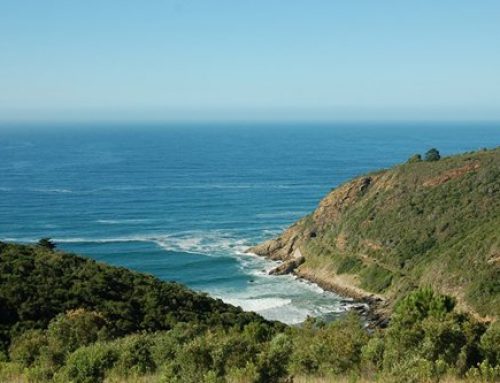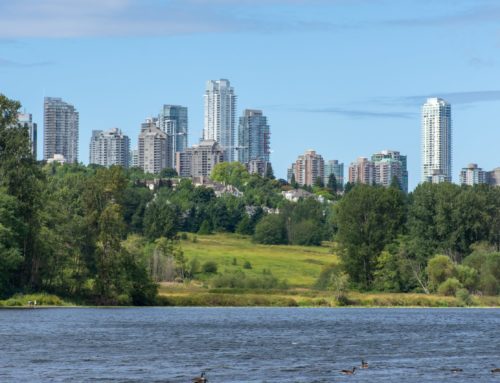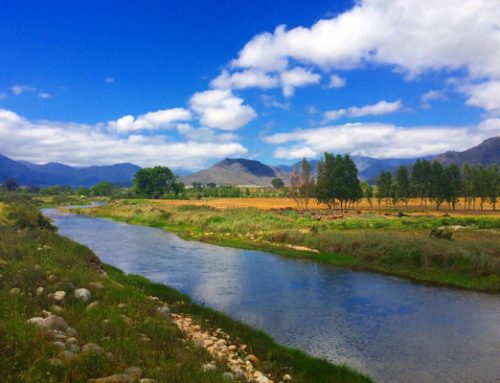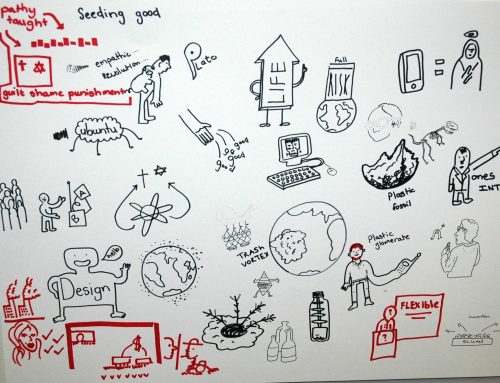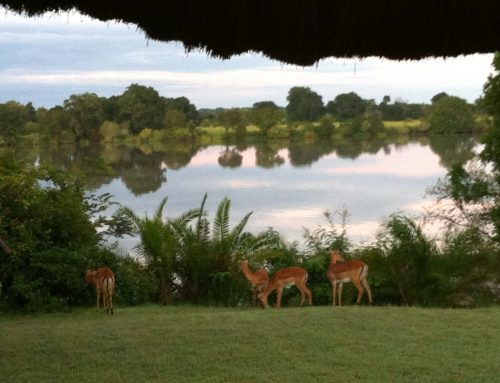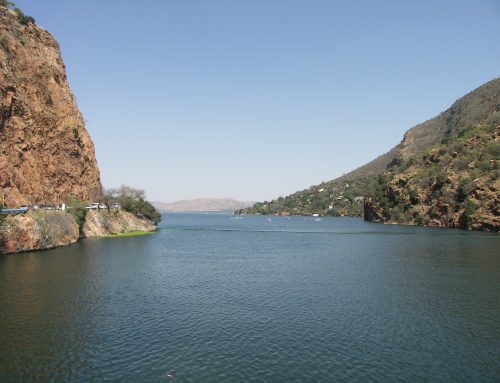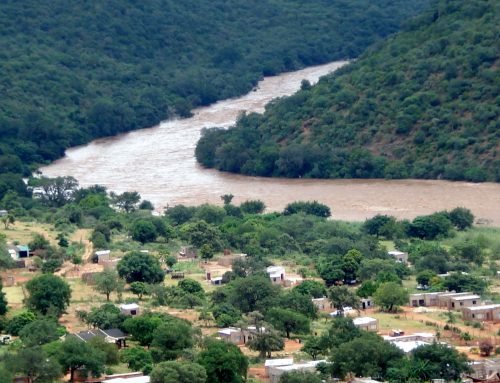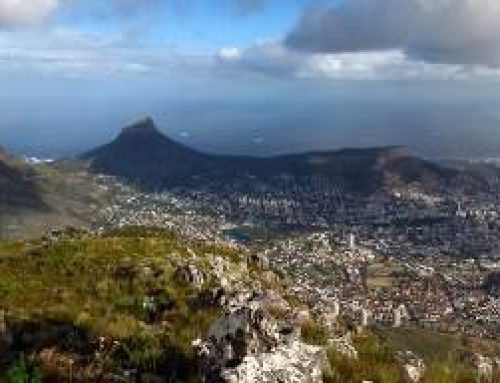


Project lead: Klaudia Schachtschneider
Who’s involved? from the CSIR: Jeanne Nel, Chantel Petersen, David Le Maitre, Lindie Smith-Adao, Patrick O’Farrell; from NMMU: Christo Fabricius, Abigail Crisp, Samantha Mc Culloch, Jaco Barendse; from SANParks: Dirk Roux; from WWF: Onno Huyser; from Rhodes University: Georgina Cundill
Project description: This collaborative research project commenced in April 2013 and is funded by the Water Research Commission. The project aims to influence the way natural resource managers and policy makers think about, value and make decisions about ecological infrastructure. The case study area is the Touws River Catchment in the Garden Route and participatory action research will be used to promote meaningful change. Specific objectives include: i) advancing the technical mapping of ecological infrastructure; ii) identifying and quantifying the ecological infrastructure most needed to enhance resilience and reduce risks to society; and iii) piloting mechanisms and participatory activities for enhancing the social governance capacity needed to effectively implement shared responses.
Ecological infrastructure refers to the networks of natural and working landscapes that conserve ecosystem values and functions and provide associated benefits and services to society. Examples of ecological infrastructure include strips of riparian vegetation that filter pollutants from water, wetlands that slow down flood waters, or coastal and estuarine ecosystems such as salt marshes and fore dunes that can contribute to erosion control or absorb the impacts of sea storms. When neglected or eroded by human activity, declines slowly and unnoticeably until a surprise event such as a flood, coastal surge, fire or drought occurs, which makes the decline instantaneously relevant, due to the associated debilitating economic, social and political impacts. Typically, ecological infrastructure is not easy to quantify, not well-studied and therefore also not that prominent in the minds of decision-makers. Yet, its relation to other forms of infrastructure e.g. municipal infrastructure may make the concept of ecological infrastructure sufficiently compatible with existing knowledge systems at local levels of governance to facilitate adoption and implementation.


